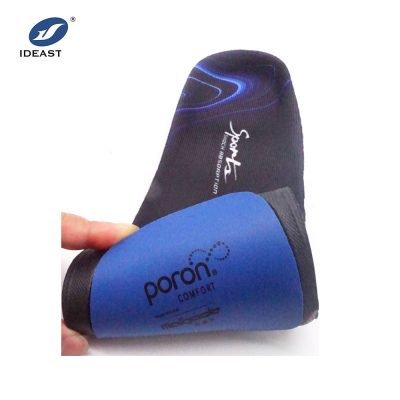
There are several materials used in insoles that offer good elasticity. Here are a few examples:
- EVA (Ethylene-vinyl acetate): EVA is a popular material in insole construction due to its excellent elasticity and cushioning properties. It provides a good balance between support and flexibility, making it comfortable for everyday use.
- Memory Foam: Memory foam is known for its ability to conform to the shape of the foot, providing customized support and cushioning. It has good elasticity, allowing it to bounce back to its original shape after pressure is applied.
- Polyurethane (PU) Foam: PU foam is another material commonly used in insoles. It offers good elasticity, providing cushioning and shock absorption. PU foam insoles are durable and can retain their shape over time.
- Gel: Gel insoles are made from a soft, flexible material that offers excellent elasticity. Gel absorbs and distributes pressure evenly across the foot, providing cushioning and support. Gel insoles are particularly beneficial for individuals with conditions like plantar fasciitis or heel spurs.
- TPU (Thermoplastic Polyurethane): TPU is a versatile material that combines the properties of rubber and plastic. It offers good elasticity, durability, and flexibility. TPU insoles provide support and cushioning while maintaining their shape and structure.
It’s important to note that the specific properties of these materials can vary depending on their density, thickness, and design. The choice of insole material should be based on individual needs, foot conditions, and personal preferences. Consulting with a healthcare professional or a podiatrist can help determine the most suitable material for your specific requirements.
If you need elasticity insoles, you can look at this page: https://www.aideastep.com/product/orthotic-insoles-high-bounce/.
